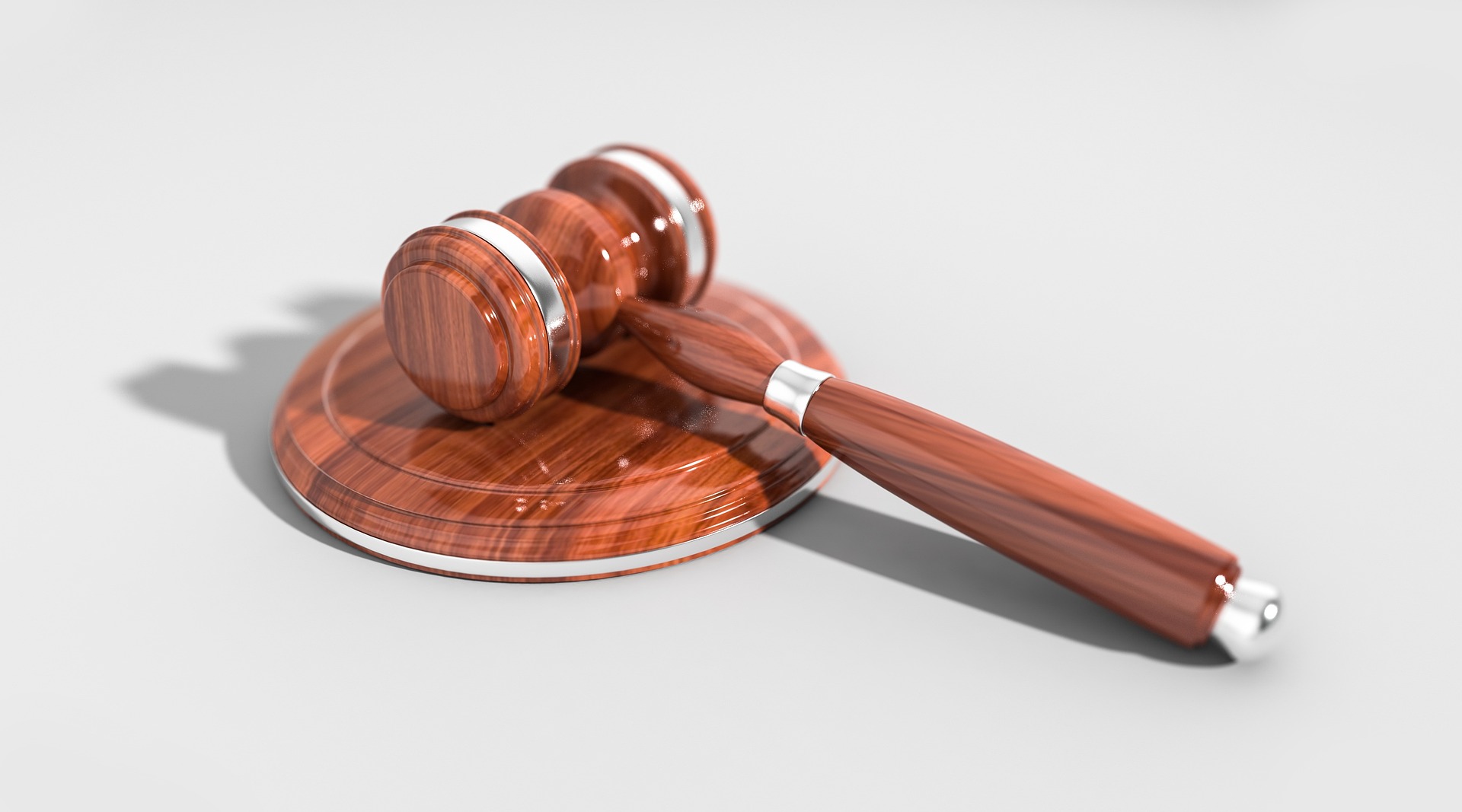The Implications of the Supreme Court's Ruling on Patent Law
The world of patent law has recently been stirred by a significant ruling from the Supreme Court. This dynamic shift has the potential to impact the way inventors protect their innovations and how businesses operate within the confines of the patent system. This article delves into the details of this ruling, providing an in-depth analysis of its historical context, implications, and potential impacts on society.

Historical Context: A Brief Overview of Patent Law
Patent law is rooted in the United States Constitution, which empowers Congress to “promote the Progress of Science and useful Arts, by securing for limited Times to Authors and Inventors the exclusive Right to their respective Writings and Discoveries.” Essentially, a patent provides an inventor with exclusive rights to their invention for a specific period, preventing others from making, using, or selling the patented invention without permission.
The Supreme Court’s Ruling: A Game Changer
Recently, the Supreme Court handed down a landmark ruling that could significantly alter the patent landscape. The ruling, in this case, challenges the long-standing principle of “patent exhaustion,” which states that a patent holder’s rights are ‘exhausted’ upon the first sale of a patented item. The Supreme Court’s decision challenges this principle, suggesting that patent rights may extend beyond the initial sale under certain circumstances.
Legal Implications: A New Era for Patent Law?
The Supreme Court’s ruling could potentially reshape the legal landscape for patent law. It opens the door for patent holders to enforce their rights beyond the initial sale of a product, which could lead to increased litigation and potentially higher costs for consumers and businesses. However, it’s worth noting that the ruling is not without its critics, who argue that it could stifle innovation and competition.
Impact on Society: What Does This Mean for Inventors and Businesses?
The implications of this ruling are far-reaching. For inventors, it could provide additional protection and revenue opportunities. However, for businesses, especially those in industries heavily reliant on innovation, such as technology and pharmaceuticals, it could result in increased costs and potential legal disputes.
A Balancing Act
As with any major legal development, the Supreme Court’s ruling on patent law is a balancing act between protecting the rights of inventors and fostering an environment conducive to innovation and competition. The full impact of this ruling remains to be seen, but it’s clear that it marks a significant shift in the patent landscape.
In conclusion, this Supreme Court ruling has stirred the world of patent law and has the potential to significantly alter the landscape. As we move forward, the eyes of inventors, businesses, and legal experts will be keenly trained on how the implications of this ruling will unfold and impact the patent system.




